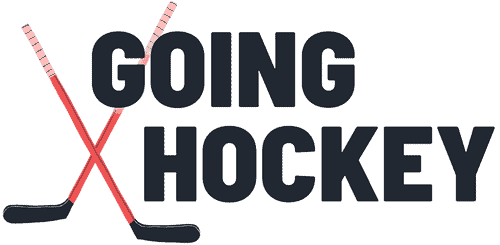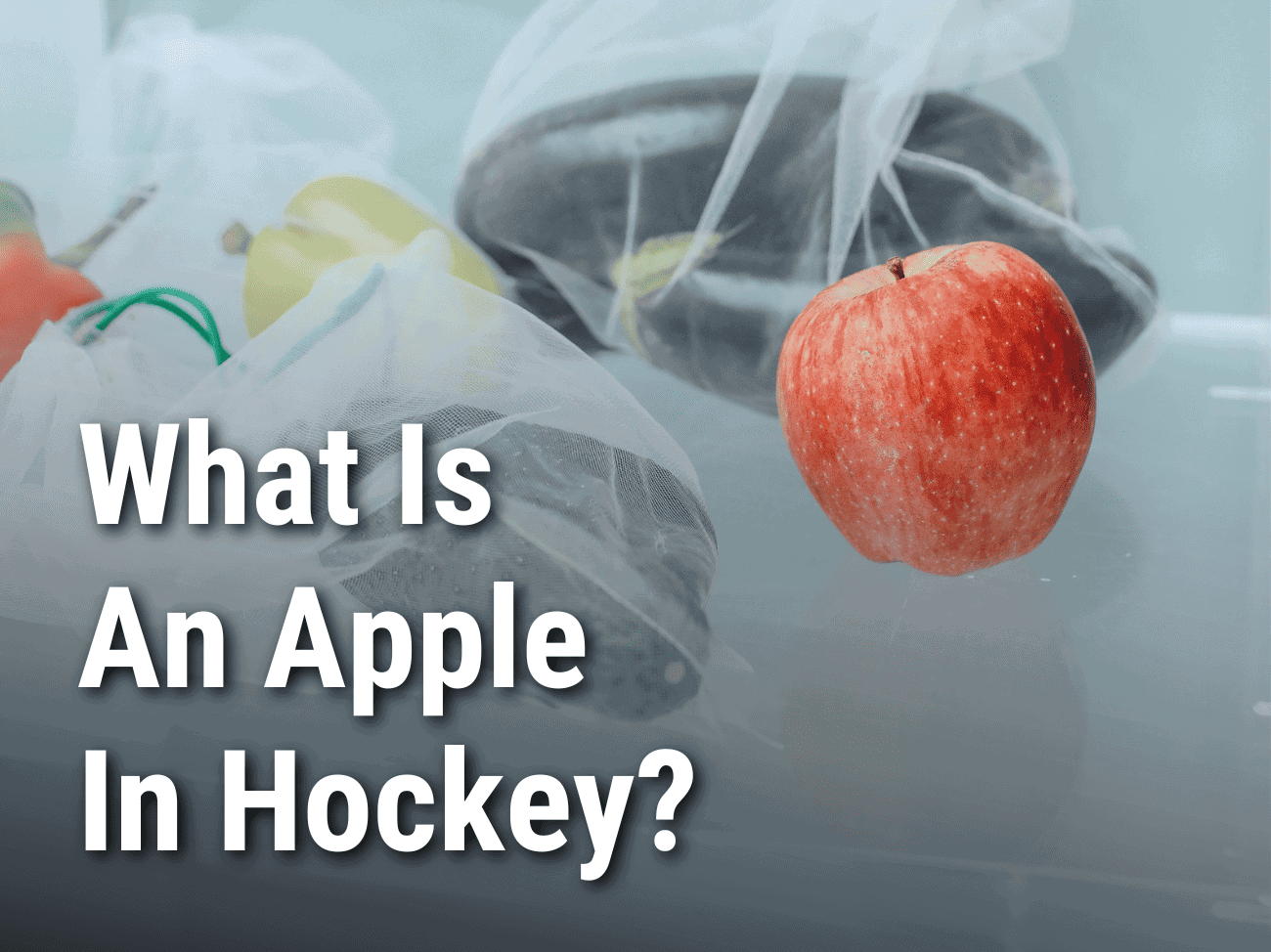In the fast and furious world of ice hockey, where teamwork and individual brilliance intertwine, a unique vernacular thrives, immortalizing the sport’s finest moments with colorful slang.
Among the lexicon cherished by players and fans alike, there is one term that celebrates the selfless artistry of setting up goals: the “apple.”
What is an apple in hockey?
An “apple” refers to an assist, where a player is credited for contributing to a goal scored by a teammate.
Table of Contents
ToggleWhat Is An Apple In Hockey?
In hockey, an “apple” is a slang term used to refer to an assist. When a player gets an “apple,” it means they were credited with an assist on a goal scored by their teammate.
The term “apple” is likely derived from the abbreviation “A,” commonly used in hockey statistics to represent assists.
An assist is given to a player who directly contributes to the scoring of a goal. This contribution can be through a pass, a deflection, or any action that leads to a teammate scoring a goal.
Generally, there are two assists recorded for each goal scored, and they are denoted as “primary assist” and “secondary assist.”
The primary assist is the pass or play that immediately leads to the goal being scored, while the secondary assist is the pass or play that precedes the primary assist. Both the primary and secondary assists are considered equally important in the buildup to a goal.
The term “apple” is just a fun and informal way for players, fans, and media to refer to an assist, adding some color to the language and culture of the sport. For example, a player might say, “Way to get an apple on that last goal,” meaning they were credited with an assist on the goal.
What Is A Drop Pass In Hockey?
In hockey, a “drop pass” is a strategic play where a player carrying the puck skates toward a teammate and releases the puck by dropping it backward, allowing the teammate to pick it up and continue the attack.
The drop pass is commonly used to maintain offensive pressure and create space by catching the opposing defenders off guard.
Drop passes are particularly useful in odd-man rushes and powerplay zone entries.
In an odd-man rush scenario (2v1 and 3v2) the most effective play is often for one player to drive towards the net while another player hangs back. The player driving toward the net forces the opposing defender to stick with them, drawing them deeper toward the crease. This creates space for the player hanging back, which is the perfect opportunity for a drop pass.
Powerplay zone entries are another scenario in which drop passes are often used.
For an offensive zone entry on the powerplay, teams will often skate up through the neutral zone with three or four players while one or two players purposefully trail behind. If the first “waver” of players skating with a puck encounter resistance, they will simply give a drop pass to one of the trailing players.
This has the advantage of catching the opposing team flatfooted, while the trailing players – now with the puck – come blazing in at full speed.
What Does Sauce Mean In Hockey?
In hockey, “sauce” (also known as a “saucer pass”) refers to a type of pass where the puck is lifted off the ice and sent through the air, creating a flat trajectory like a flying saucer.
The saucer pass is used to navigate over an opponent’s stick or body, making it an effective way to move the puck to a teammate while avoiding interference from defenders.
The saucer pass is especially useful in situations where passing lanes are crowded, and a direct pass along the ice might get intercepted. By elevating the puck slightly, the player can bypass obstacles and deliver the puck to their teammate more safely and accurately.
Executing a saucer pass effectively requires skill and finesse, as the player must control the height and speed of the puck to ensure it lands flat for the recipient. It is a valuable tool in a hockey player’s arsenal, particularly for setting up scoring opportunities or moving the puck quickly during power plays.
The term “sauce” comes from the way the puck glides smoothly through the air like a flying saucer, and players often use it as a fun and colorful way to describe this particular type of pass.
What Is A Suey Pass In Hockey?
In hockey, a “suey pass” is an abbreviation for the term “suicide pass,” and it refers to a dangerous pass that puts the receiving player in a vulnerable position and at risk of a hard hit or check from an opposing player.
The term “suicide pass” is used to highlight the potential danger associated with making such a pass.
A suey pass is typically made when a player is passing the puck to a teammate who is in a position where they are likely to be hit immediately after receiving the puck. This can happen in situations where the recipient is skating with their head down, not aware of an incoming opponent, or if they are in a vulnerable position along the boards or in the open ice.
The suey pass is discouraged in hockey because it increases the risk of injury to the player receiving the puck. It can lead to dangerous collisions and has the potential to result in concussions or other serious injuries.
Players are encouraged to make safer passes that minimize the risk of injury to their teammates, such as passing to an open teammate, in clear areas, or in areas where they have time and space to react to incoming opponents.


Leave a Reply